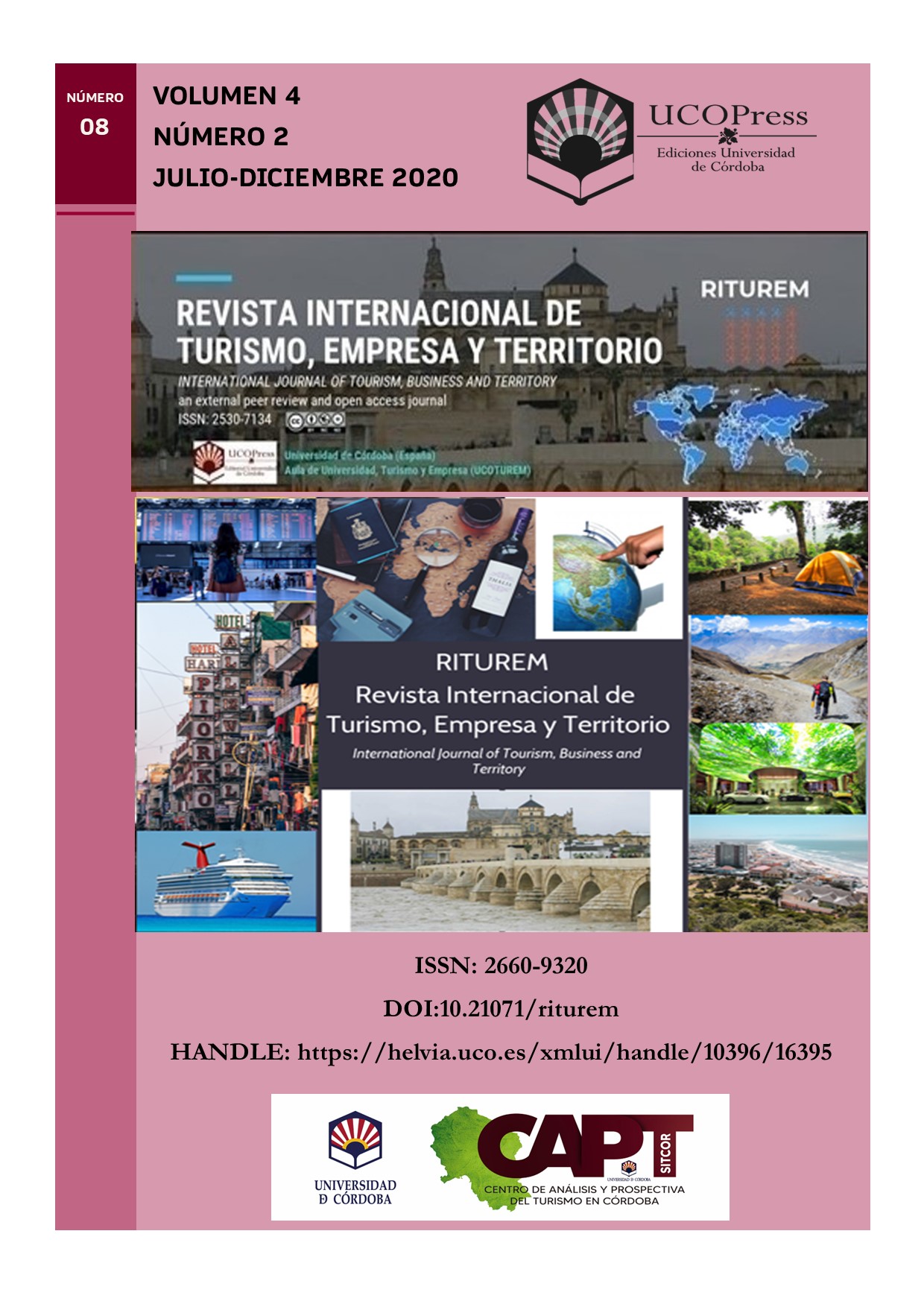Characteristic of potential demand to Cuba destiny in the new normality post Covid 19
Main Article Content
Abstract
The pandemic generated by the SARS-CoV-2 virus has seriously affected the tourism sector, influencing, on a large scale, the great uncertainty in international visitors when making trips in the context of the new reality. This research arises from the need to carry out studies about the preferences of travelers, who in a “normality”, can arrive at the Cuban destination in order to be able to provide a quality service. Therefore, it is proposed as a general objective: to characterize the potential demand to Cuba destination in the new normal. Analysis-synthesis and historical-logical methods were applied as theoretical methods, as well as documentary analysis as an empirical method. The main results were the foreseeable changes in tourist demand to Cuba, mainly related to the decision to travel, the appropriate date, motivations, ways of organizing the trip, average duration of the trip, as well as the priorities and prevention measures against the contagion risk.
Keywords: tourism, potential touristic demand, new normality, post Covid 19, Cuba.
Downloads
Article Details
Copyright Notices Proposed by Creative Commons
Proposed policy for journals offering deferred open access
Those authors who have publications with this journal, accept the following terms:
1. The authors will retain their copyright and guarantee to the journal the right of first publication of their work, which will be simultaneously subject to the Creative Commons Recognition License CC BY-NC 4.0 (Creative Commons — Attribution-NonCommercial 4.0 International — CC BY-NC 4.0 ) hird parties to share the work provided that its author and its first publication is indicated this journal and no commercial use is made.
2. Authors may adopt other non-exclusive licensing agreements for the distribution of the published version of the work (e.g., deposit it in an institutional telematics file or publish it in a monographic volume) provided that the initial publication is indicated in this journal.
3. Authors are allowed and recommended to disseminate their work over the Internet (e.g. in institutional telematics files or on their website) before and during the submission process, which can produce interesting exchanges and increase citations of the published work. (See The effect of open access: http://opcit.eprints.org/oacitation-biblio.html.
